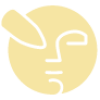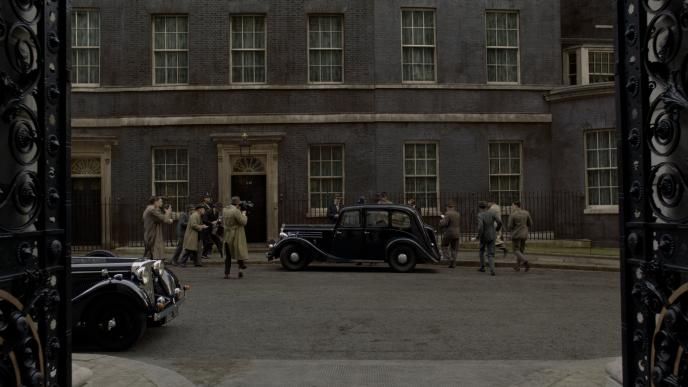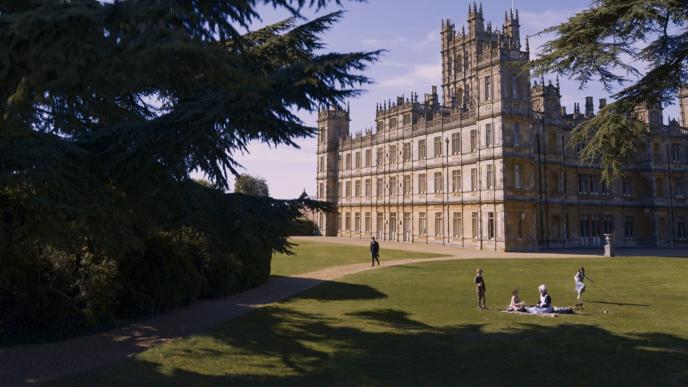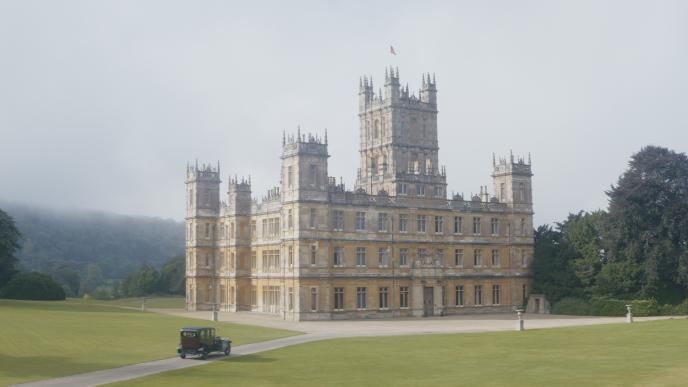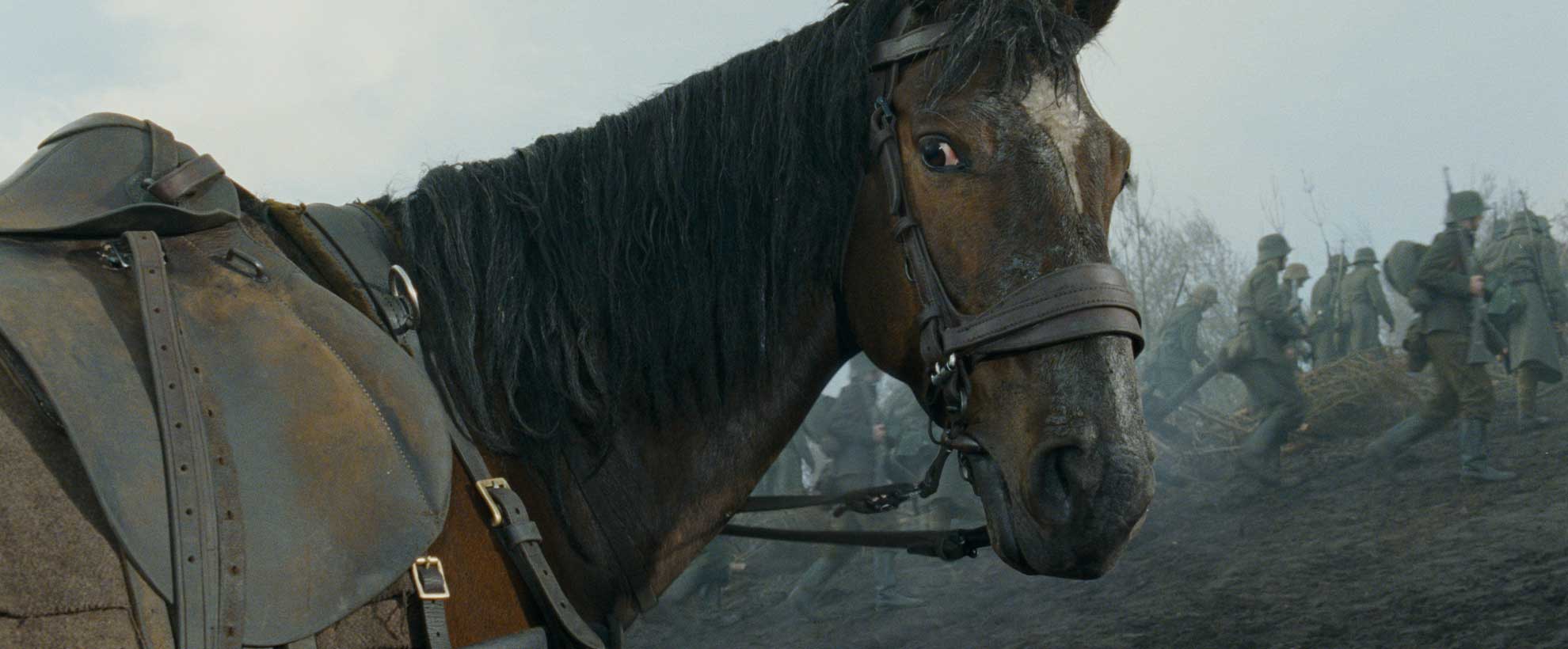
War Horse
War Horse tells the story of Joey, a horse born in Devon shortly before the start of the First World War, who is sold to the cavalry and shipped to France at the outbreak of war. Joey serves in the British and German armies, which takes him on an extraordinary odyssey, serving on both sides before finding himself alone in No Man's Land. Steven Spielberg decided to create his film after he had seen the enormously successful stage version of the book but he knew that the story would require a few feats that would be impossible to capture safely with a live animal, and for which only the very best digital equine doubling would suffice. Enter Framestore.
The film Steven wanted to make had no place for self-conscious VFX shots – it was to be as real as possible, with any digital elements integrated invisibly in the service of that sensibility.
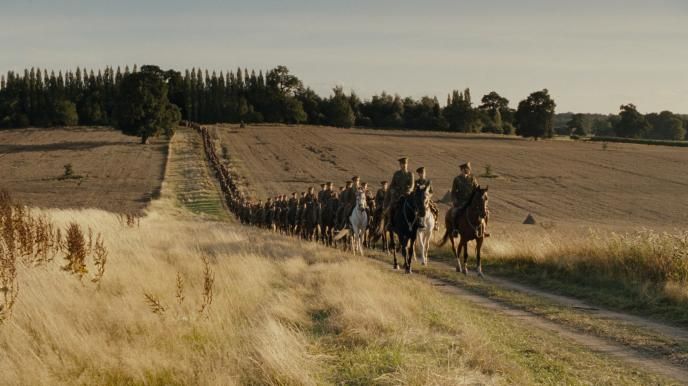
Tricking the eye
More than half of Framestore’s 200 or so shots involved clean-up or similar work – vapour-trail removal, telephone wire removal and the like. More elaborate labour and skills were required to remove riders from horses or augment a huge field of reeds in which British soldiers conceal themselves prior to an attack. Just as challenging was the harrowing sequence towards the end of the film in which Joey, struggling through the trenches, is finally brought down to the ground as he drags a mess of barbed wire and a broken gate behind him: the horse was real, but the wires could not be. Finally, for just a couple of shots, digital horses were going to be needed – ones good enough to trick even the eye of Steven Spielberg…
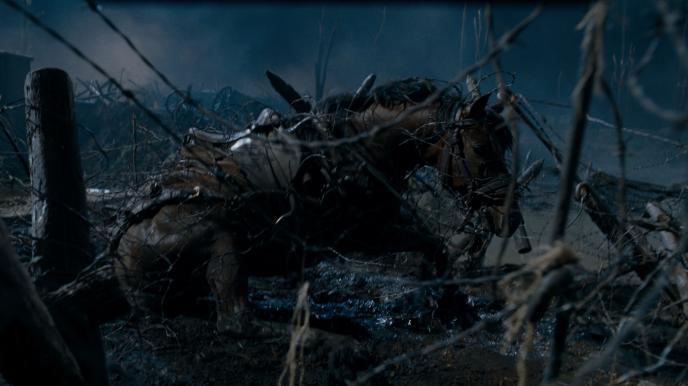
Visualising the shots
Our partners The Third Floor worked on the pre-vizualisation for the film, working closely and collaboratively with the Framestore team. With Spielberg’s team having minutely prepared the ground, the director arrived in the UK for the 53 day shoot in August 2010 and, Morris recalls, wasted not a second. “As a VFX person, you often find yourself waiting around on set a certain amount, but Steven and his team were undoubtedly the most professional filmmakers I’ve ever worked with – we sped from one set up to the next with everyone knowing what they were doing and Steven knowing exactly what he wanted from each shot. And he was doing cutting work as he went.”
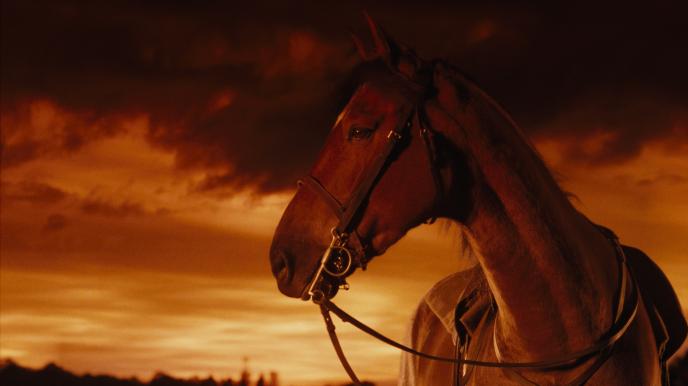
Galloping into CG
The genuinely collaborative nature of Spielberg’s work ethic was further demonstrated later on during the shoot when Morris was given the opportunity to shoot a sequence with an additional camera team. “We went to do a few pick-up shots and showed them, a little sheepishly, to Steven on our iPads. He just said ‘Great – can you go and shoot the rest of the scene?” So - with a mixture of trepidation and glee - we did so.” Spielberg remained adamantly opposed to the use of digital horses until the famous tank-jump sequence. The shot as captured in camera simply wasn’t working, a fact remarked on a couple of times by Spielberg during reviews. Drawing on all his supplies of gumption, Morris put his team on it, and shortly after presented Spielberg with a new steed. Impressed, the director asked where the footage had come from and Morris finally revealed its digital lineage. With a shot that finally worked, the purist gave way to the pragmatist and Spielberg okayed it, to the team’s relief and pride.
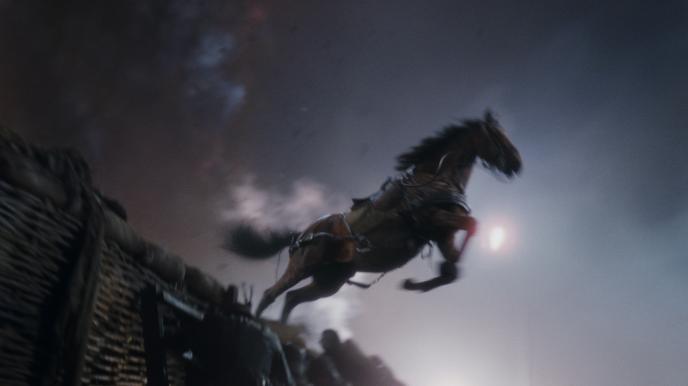
Animating the Horse
“Horses are a very pleasurable thing to animate,” says Animator Stuart Ellis, “They move beautifully, they always look good. But in cycle animation there’s often a tendency to over-exaggerate the up and down of the character and to not really communicate the weight, they’re just too bouncy. We nailed that, I think, and also what we managed with the head – the pushing forward and out as they gallop – was great.”
Adds Benhamo, “The big challenges were the necessity of absolute reality, and the level of detail that this entailed. Nostril flare, vein pulse, skin slide – it all had to be spot on. With such a small number of shots to develop, our Animation, Modelling and Rigging departments – working under the film’s overall CG Supervisor, Mike Mulholland - were able to work very closely together throughout the project, and I think that shows.”
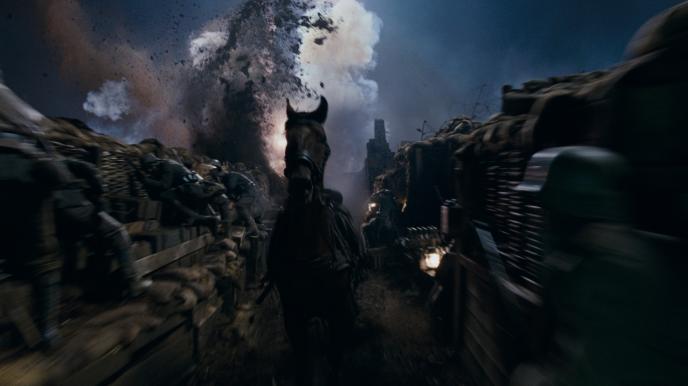
Working with Speilberg
Working on the film has left everyone on the team amazed and delighted by Spielberg and his team’s talent, enthusiasm and commitment. It was also an important and successful calling card for the company, a success reflected in Ben Morris’s following role as VFX Supervisor on Lincoln, Steven Spielberg’s next project.
